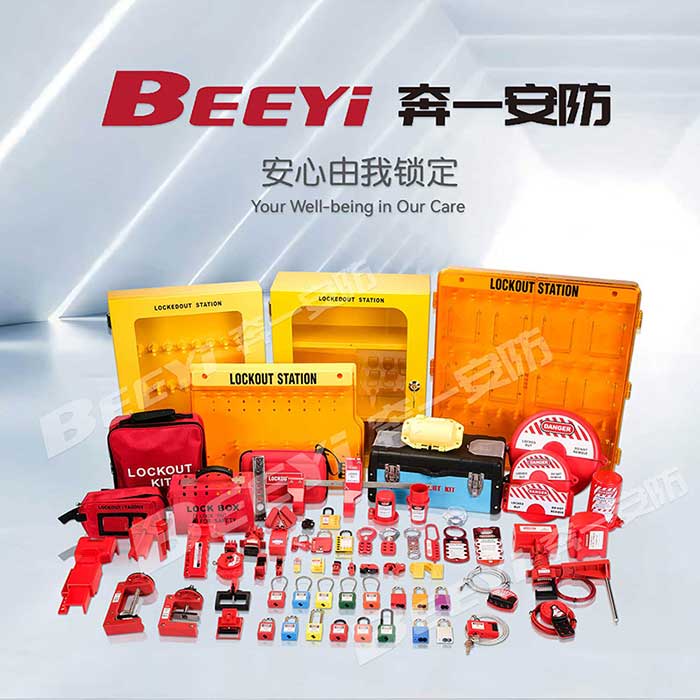Lockout safety padlocks are essential tools for ensuring the safety of workers in industrial settings. These specialized padlocks are used as part of a Lockout/Tagout (LOTO) safety program, which aims to prevent accidental equipment activation during maintenance or repair work. In this article, we will explore the role of lockout safety padlocks in workplace safety, the key features that make them effective, and how they contribute to compliance with safety standards.

What Are Lockout Safety Padlocks? Lockout safety padlocks are sturdy, often brightly colored locks that are used to physically isolate hazardous energy sources, such as electricity, gas, or hydraulic systems, during maintenance or servicing. These padlocks are a critical component of the Lockout/Tagout (LOTO) procedure, which is a safety protocol designed to protect workers from the dangers of energized equipment. When a worker needs to service or repair equipment, they must first de-energize and lock out all energy sources to prevent the accidental release of stored energy, which could cause serious injuries or fatalities. Lockout safety padlocks play a key role in this process by preventing unauthorized access and ensuring that equipment remains in a locked-out state until the work is completed.